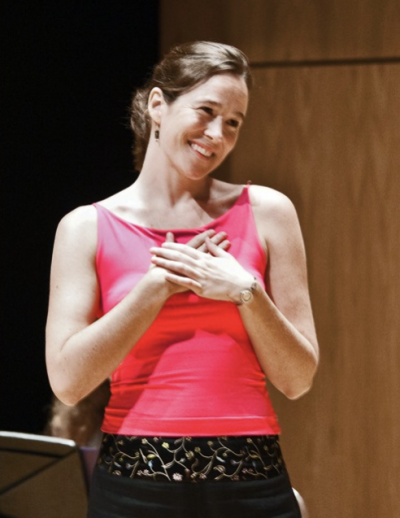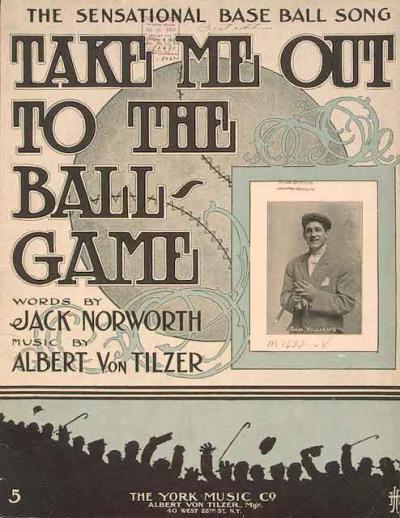'Lies' Leads New Season at Hampton Theatre Company
'Lies' Leads New Season at Hampton Theatre Company
“Clever Little Lies,” Joe DiPietro’s comedy about love, marriage, deception, and infidelity, will open the Hampton Theatre Company’s 2017-18 season today at the Quogue Community Hall and continue through Nov. 12.
When Alice’s husband, Bill Sr., comes home on edge after playing tennis with their son, Alice invites Billy and his wife, Jane, over for cocktails and cheesecake. Chaos ensues as Alice digs for the truth, resulting in even more honesty than anyone expected.
Reviewing the play for The New York Times in 2015, Charles Isherwood called it “good old-fashioned comfort food for theatergoers who prefer entertainment that caters to their long-established tastes, plays that offer a blend of comedy and sentiment, with maybe just a hint of a sting.”
The cast includes Diana Marbury, the company’s artistic director, as Alice, Terrance Fiore as Bill Sr., Ed Brennan as Billy, and Carolann DiPirro as Jane. Andrew Botsford, president of the H.T.C. board, will direct.
Performances are set for Thursdays and Fridays at 7 p.m., Saturdays at 8, and Sundays at 2:30 p.m., with an additional matinee on Nov. 11. Tickets, which can be purchased at hamptontheatre.org, are $30, $25 for senior citizens (except Saturdays), $20 for those under 35, and $10 for students.







